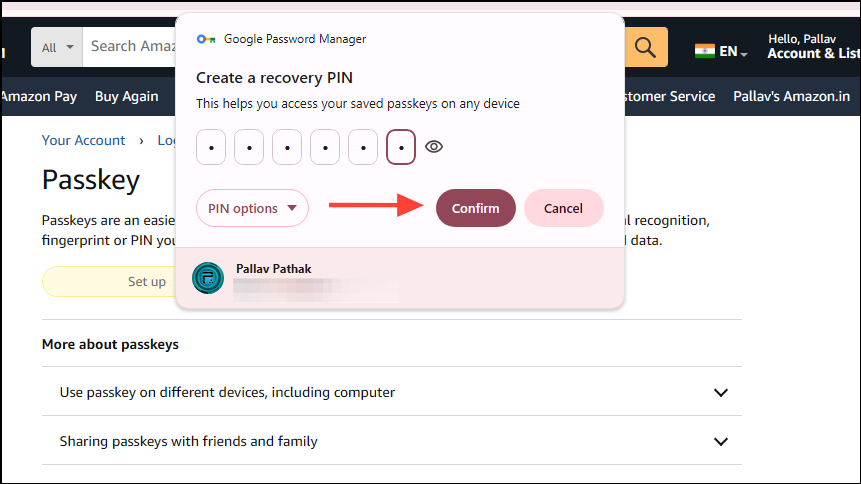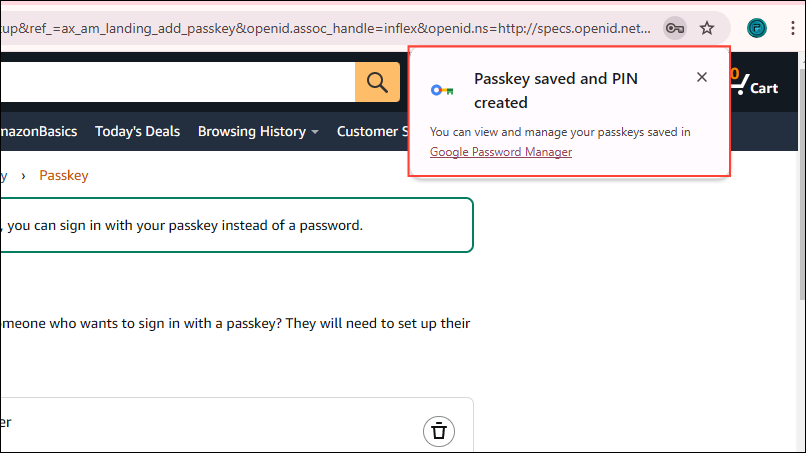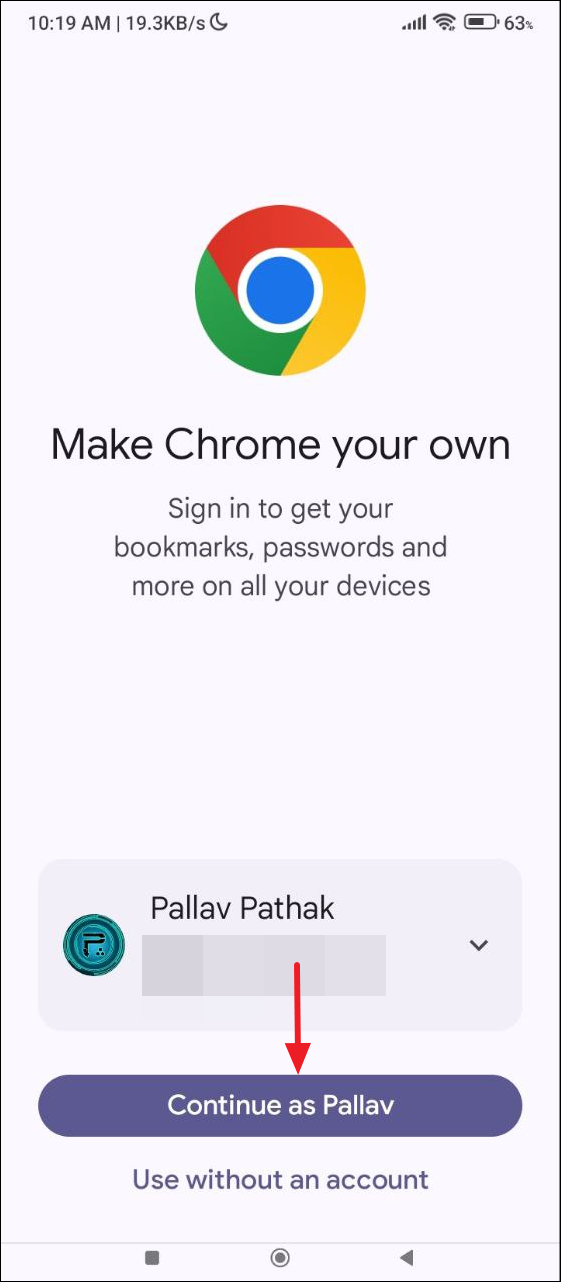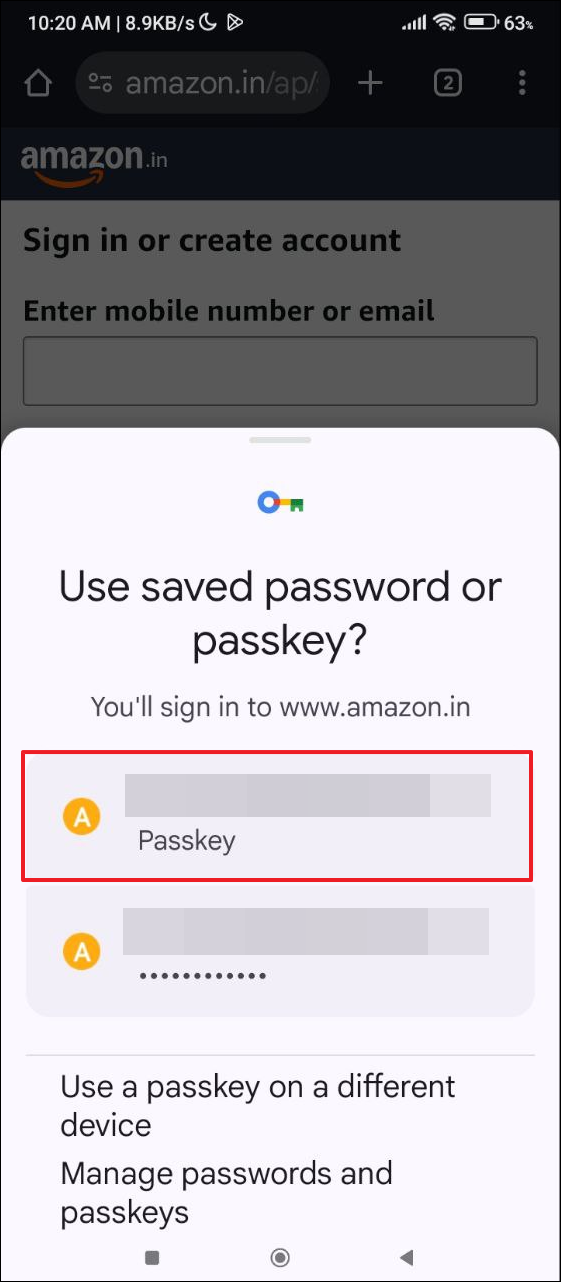Until now, only the Google Password Manager on Android allowed you to save passkeys so you could sign into various accounts easily and quickly without having to enter your password every time. To use them on other devices, you needed to scan a QR code using your Android device.
However, Google has now updated this feature to allow you to save passkeys using Google Password Manager from other platforms, including Linux, macOS, and Windows. Saved passkey will now also sync across different devices automatically, so you can easily use them from wherever you need to.
To save passkeys from the desktop and sync them across devices, the company has introduced a new Google Password Manager PIN. While there's no straight option to create a Google Password Manager PIN, you can create one while creating/ accessing an existing passkey for an account. Here's how.
- Open Google Chrome on a Windows, macOS, or Linux computer.
- Go to the website for which you want to save your passkey and sign in to your account. For this guide, we're using Amazon as an example.

- If you previously created a passkey for this account, you'll need your Android PIN, pattern or password.
- If you haven't created a passkey for that website, you will need to create it from your account settings. The exact steps may vary depending on the platform. For instance, on Amazon, you will find the passkey option in the 'Login and security' section within your account settings.

- When you try to create a passkey, Chrome will show a confirmation notification. Click on the 'Create' button to proceed.

- Then you will get the option to create a six-digit recovery PIN, which will help you use the passkey for that account across all devices. Click on the 'Confirm' button after entering the PIN.

- Once you've set up a PIN, you will see a notification indicating that your passkey has been saved.

- Now, you can check whether the newly created passkey has synced across your other devices. Open Chrome on another device, such as your Android smartphone and sign in using the same account which you used on your desktop, if you aren't already.
- Go to the website for which you set up a passkey, which in this case is Amazon, and tap on the 'Sign in' option.


- When you try to sign in, Google Password Manager will appear on your screen. You will see that the passkey you created earlier on your desktop has been synced and is available to use here. Tap on it to sign in using the passkey.
- Then enter the PIN for Google Password Manager that you set up earlier before tapping on the 'Next' button to complete the login process.


Things to know
- All passkeys saved in Google Password Manager are end-to-end encrypted, which is why you need your PIN to use them. This ensures that nobody, including Google, can access your passkeys other than yourself.
- To store Passkeys in Google Password Manager, you need a Windows PC with TPM, or a Mac with macOS 12 and up.
- The feature is in beta testing for ChromeOS. It's also not yet available for iOS but Google says it's coming soon.
- More and more websites now support passkeys, including Amazon, WhatsApp, PayPal, and more. As long as a website lets you create and use passkeys, you can save them with Google Password Manager using Chrome and sync them across your devices.
- When you delete a passkey for a website from Chrome on one device, it will also be removed from all other devices.


